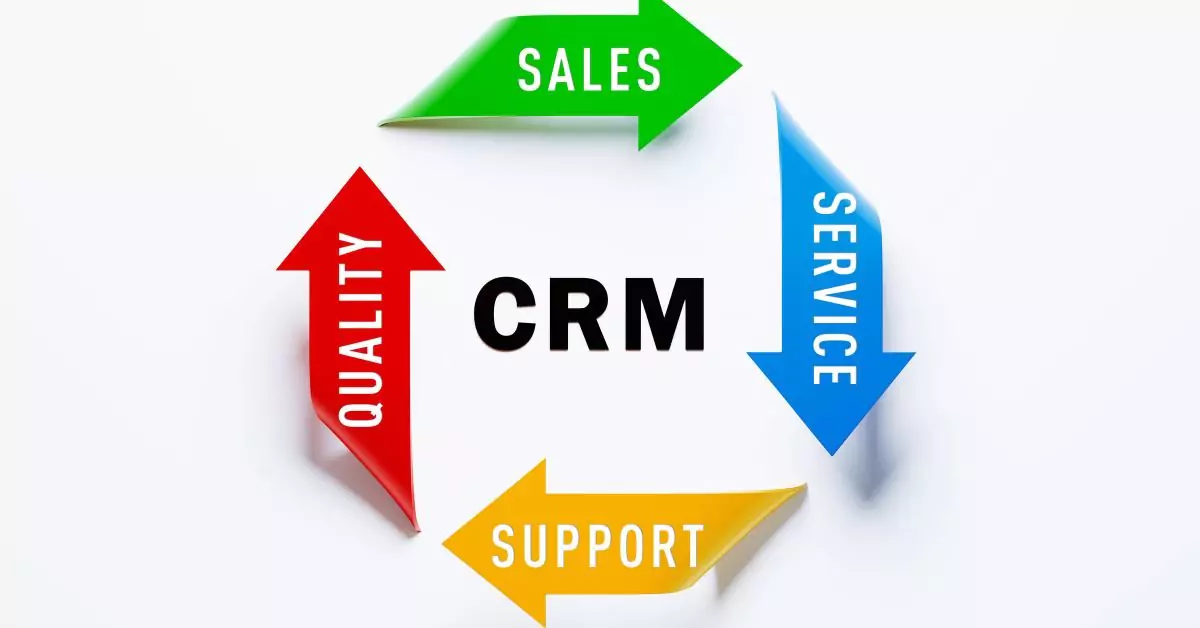Implementing Customer Relationship Management (CRM) software is a significant step towards improving customer interactions, streamlining processes, and driving business growth. However, successful CRM implementation requires careful planning, thorough execution, and adherence to best practices. This article provides a comprehensive guide to CRM software implementation, offering insights into the key steps, challenges, and strategies that ensure a smooth and effective transition.

Introduction
CRM software implementation is a transformative process that holds the potential to revolutionize how businesses manage customer relationships. By following best practices, businesses can maximize the benefits of CRM while minimizing disruptions.
The Importance of Effective CRM Implementation
Effective CRM implementation sets the stage for enhanced customer experiences, streamlined processes, and improved decision-making. It ensures that the software aligns with business objectives and delivers tangible results.
Assessing Business Needs
Before implementing CRM software, assess your business needs, challenges, and goals. Understanding what you expect to achieve helps tailor the implementation process accordingly.
Defining Clear Objectives
Set specific and measurable objectives for CRM implementation. Whether it’s improving customer satisfaction, increasing sales, or optimizing marketing campaigns, clear goals guide the process.
Selecting the Right CRM Solution
Choose a CRM solution that aligns with your business requirements. Consider factors such as features, scalability, integration capabilities, and user-friendliness.
Assembling a Competent Team
Select a team with a mix of technical and functional expertise. Having dedicated team members ensures effective planning, execution, and support throughout the implementation process.
Thorough Data Preparation
Data is the lifeblood of CRM. Ensure that your existing data is clean, accurate, and complete. This lays a strong foundation for effective use of the CRM system.
Customization to Fit Your Business
Customize the CRM software to match your business processes and needs. Tailoring the system ensures that it complements your workflows and maximizes efficiency.
Pilot Testing
Before full deployment, conduct pilot testing with a small group of users. This allows you to identify any issues, make necessary adjustments, and gather feedback.
Training and User Adoption
Provide comprehensive training to users to ensure they are comfortable with the new system. User adoption is crucial for the success of CRM implementation.
Migration and Integration
Migrate data from existing systems to the new CRM and ensure seamless integration with other tools and software your business uses.
Continuous Monitoring and Optimization
After implementation, continuously monitor system performance, user feedback, and outcomes. Optimize processes and features based on insights gathered.
Common Challenges and Solutions
- Resistance to Change: Address this through effective communication about the benefits of CRM and involving users in the decision-making process.
- Data Migration Issues: Thoroughly plan data migration, validate data accuracy, and conduct testing to prevent migration-related problems.
- Lack of User Adoption: Provide user-friendly training, highlight the software’s value, and offer ongoing support to encourage adoption.
Conclusion
CRM software implementation is a transformative journey that requires strategic planning, dedication, and adherence to best practices. By assessing business needs, setting clear objectives, selecting the right solution, assembling a competent team, and following a structured implementation process, businesses can harness the power of CRM to elevate customer interactions and drive growth.
FAQs (Frequently Asked Questions)
Why is CRM software implementation important?
Effective CRM implementation improves customer interactions, streamlines processes, and enhances decision-making, contributing to business growth.
What are the key steps in CRM software implementation?
Key steps include assessing business needs, defining objectives, selecting the right CRM solution, assembling a competent team, data preparation, customization, pilot testing, training, migration, and continuous monitoring.
How can businesses ensure user adoption during CRM implementation?
Provide comprehensive training, highlight the benefits of CRM, involve users in decision-making, and offer ongoing support to encourage user adoption.
What are common challenges in CRM implementation?
Common challenges include resistance to change, data migration issues, and lack of user adoption. These challenges can be addressed through effective communication, thorough planning, and ongoing support.
Why is data preparation important for CRM implementation?
Thorough data preparation ensures that the CRM system starts with accurate and complete data, laying a strong foundation for effective use and decision-making.





